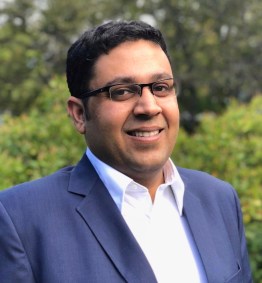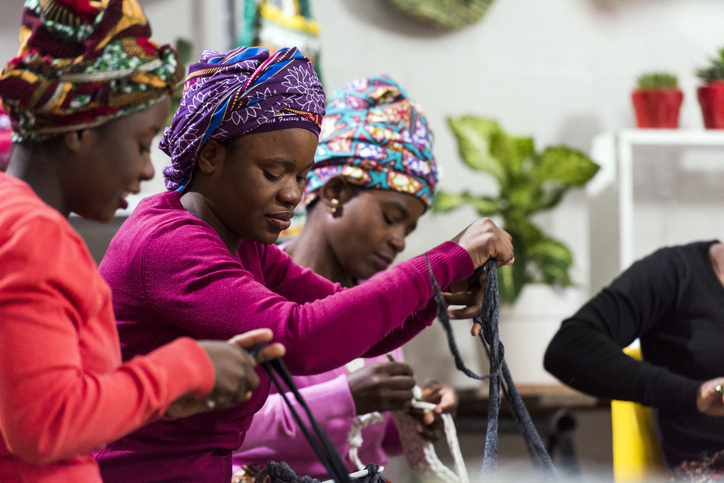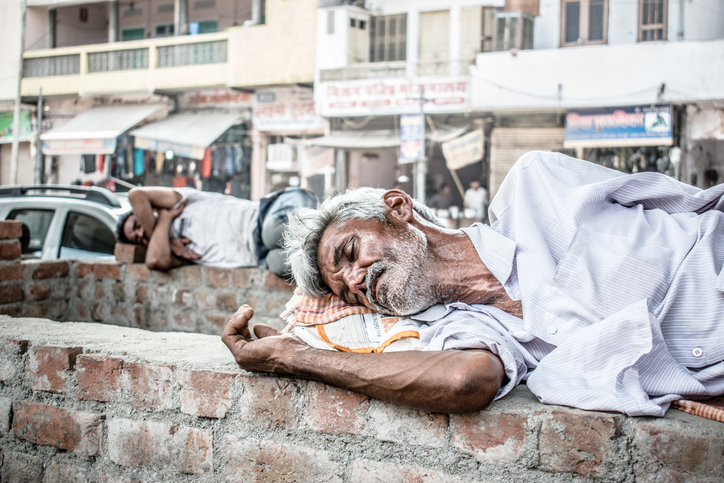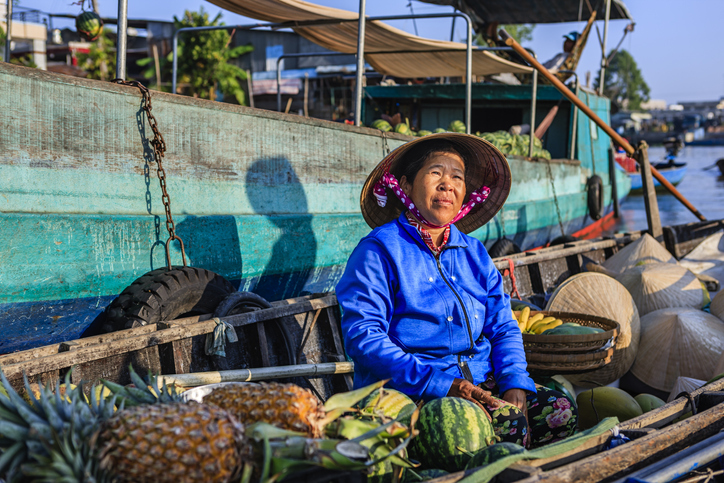The Indian marriage practice of dowry payments – transfers from the household of a bride to that of her groom – remains widespread, and legislative efforts to bring it to an end have been ineffective. This column explains the evolution of dowry, why it is still so prevalent, and potential policy interventions that may alleviate its most malignant consequences.
One of the most significant financial transactions for Indian households occurs at the time of marriage. Dowry payments – transfers from the household of a bride to that of her groom – are nearly universal in contemporary India and typically exceed a year of household earnings.
Over the last century, while there have been few changes in some aspects of Indian marriages (such as frequent parent-arranged marriages and limited numbers of inter-caste marriages), dowry payments have increased rapidly through the 20th century. Dowry has become a substantial financial transaction for most Indian households.
The Indian government considers the payment of dowry to be a major social ill, but its legislative efforts have been ineffective in reducing its prevalence. To understand how the government can consider interventions to alleviate the most malignant consequences of dowry, it must first understand the marriage market and the underlying forces that propagate it.
In recent research, we test theoretical explanations for dowry in India with data of over 70,000 marriages across India. We investigate the determinants of dowry and examine whether these theories can explain the observed patterns and hence have to bear on future policies to mitigate it.
Understanding India’s dowry landscape
While some marriage practices have not changed, there have been substantial changes in dowry practices over the last century. Dowry was paid only in 35-40% of marriages before 1940. After 1940, there was a rapid adoption of dowry, and by 1975, dowry was paid in nearly 90% of marriages.
As dowry became more prevalent, the average size of dowry payments also increased. Between 1940 and 1970, the median payment more than tripled in real terms, growing from approximately 5,000 rupees to over 15,000 rupees (as valued in 2010 rupees). Since 1970, the median dowry payment has remained roughly constant in real terms, contrary to the popular perception of widespread dowry growth. But focusing solely on the median masks the significant changes that have occurred across the distribution of those payments.
Figure 1 plots the entire distribution of real dowry payments for each decade between 1940 and 2000. The height of the curve represents the proportion of marriages in that decade that experienced a dowry of that amount. The evolution of dowry payments can be broadly divided into two phases.
Before 1970
As Figure 1a shows, there was an increase in dowry payments across the distribution between 1940 and 1970, a phenomenon labeled by previous researchers as ‘dowry inflation’. During this time, individuals from all socio-economic groups experienced a rise in dowry amounts.
After 1970
The conventional wisdom is that the magnitude of dowry payments continued to increase from 1970 to the present day. But as Figure 1b shows, lower socio-economic status individuals did not experience much change in dowry payments during this period, and wealthier households began paying and receiving smaller dowries in the post-1970 period.
Figure 1: Evolution of dowry payments between 1940 and 2000


Figure 1a: Between 1940 and 1980 Figure 1b: Between 1970 and 2000
Examining theories on dowry to advance effective policy interventions
Understanding the theoretical underpinnings of dowry matters for the design of anti-dowry policies. Our data allow us to provide empirical scrutiny of various prominent theories about the evolution of dowry in India.
Theory 1: ‘Sanskritization’
A well-known theory for changes in dowry prevalence is the ‘Sanskritization’ hypothesis, propounded by MN Srinivas in the 1950s. The theory proposes that dowry was always practiced among the upper castes, and spread as lower castes began to emulate the upper castes. This emulation is attributed to low-caste groups attempting to increase their social status (‘Sanskritize’) by emulating practices of high-caste groups.
Figure 2 shows that this theory cannot explain the rise of dowry. Both low- and high-caste groups began wide-scale adoption of dowry at around the same time and rates. This has bearing for policies, for example, that could focus on changing norms among higher status individuals and shows that this is not the case.

Figure 2: Dowry payments across broad caste groups
Theory 2: sex ratios and dowry
Another theory rationalizes changes in dowry resulting from a change in sex ratios due to population growth. The theory predicts that when the population grows, as happened in India in the 1950s and 1960s, there will be a surplus of women at marriageable ages relative to men at marriageable ages, resulting in a ‘marriage squeeze’ where competition over scarce grooms may cause an increase in dowry.
Contrary to these predictions, however, we find that the sex ratio in the marriage market is not related to increases in the prevalence or size of dowry. Instead, we show that the ‘squeeze’ is relieved by a shrinking in the age gap between men and women at the time of marriage.
Theory 3: modernization, economic growth, and dowry
The key premise of a third theory is that families prefer to marry their daughters to men of higher-caste status, with a strong preference against marrying men of lower castes. With economic growth, the number of wealthy, low-caste households increases, allowing them to offer larger dowries.
The theory proposes that these forces higher-caste women to offer larger dowries to compete with the low-caste women over men of their own caste, which causes the size of dowry to increase. But evidence indicates that a key assumption of this analysis does not hold up: households prefer marrying within their own caste-group rather than with those of higher-caste status.
Theory 4: dowry and ‘groom quality’
We provide evidence for a view that the rise of dowry can be attributed to increased differentiation in ‘groom quality’ during the process of modernization. Starting in the 1930s, primary education became more accessible and a class of well-paid, salaried positions became available to Indian men. More educated and wealthier grooms commanded higher dowries in the Indian marriage market. Their increasing numbers also caused a rise in dowry.
We establish through the data that the ‘quality’ of a groom is a crucial determinant of the dowry they receive. Since almost everyone marries within their own caste-group, we take advantage of this segmentation of the marriage market to demonstrate that this is not due to the groom’s relative ranking in their caste-group, but the returns to their absolute years of education.
Furthermore, we extend this theory using a ‘search’ model to show that this can also explain the decline of dowry observed after 1975.
Conclusions
To conclude, dowry is widely prevalent in the Indian context and various policies have been ineffective at tackling this social ill. We believe that understanding the theoretical underpinnings of dowry could provide insights on future policies to mitigate it.
We test various prominent theories on the evolution of dowry and show that the empirical patterns can be rationalized by economic forces, such as differentiation in ‘groom quality’ due to modernization, as opposed to more cultural forces, such as Sanskritization.
We believe that future work should focus on applying these insights to policy and consider interventions that may alleviate the most malignant consequences of dowry.







